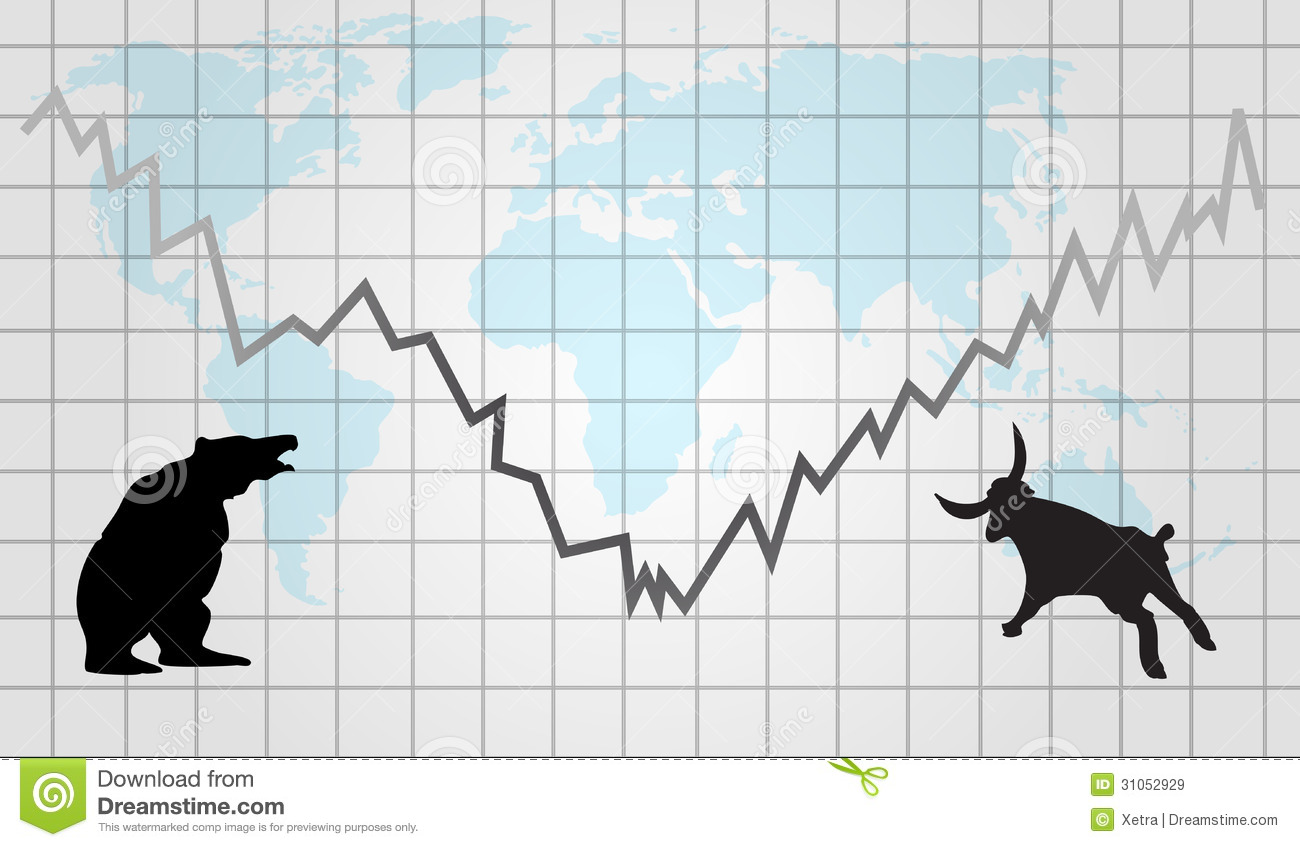
If you are new to trading the stock markets, then you may be curious about options on futures. These contracts work in the same manner as equity options, but the underlying security they represent is a futures contract. A futures call option allows you to purchase a futures contract at a predetermined price. A put option allows you to sell a futures contract for a specified price. This article provides more information on index options.
Options for futures
Options on futures are traded by investors in a number of markets. Trading options on futures can provide investors with better returns and more control of the underlying. Futures options are able to move at any time during the day. Before placing any orders, traders should conduct research and double-check them. While options are the most complicated and risky of all exchange traded products, they are also the most lucrative. These options are not recommended for beginners.
Futures options enable investors to hedge against a decrease in the price of an underpinning futures instrument. Futures options offer investors the ability to either purchase or sell an underlying security such as an index, currency, or other securities. Futures options give investors the ability to speculate on future asset value and make profits by betting on market movement. Understanding futures trading and options trading is essential for futures options.

Call options
When it comes to agricultural commodities, there are many types of options available to investors. Some prefer options such as call options, while some prefer options such as put options. They are both similar in nature but not leveraged. For farmers, they can put options to protect against bad weather. The prices of options can be higher than those of the underlying commodities. Investing in agricultural commodities with low risk is the best way of using them.
Options
Futures options are derivatives that represent the price for physical commodities. Put options on futures can be called futures futures. These options are listed on the major commodity exchanges. They can be used by traders to make profits when prices don't move. Put options are based purely on implied volatility. That is, the market consensus assumes that there will be some variance. You can sell your put option to lock your profit if the market moves in favor of you. But you must be aware of the risks associated with selling put options.
Futures and options have different leverages, but they are both leveraged products. You must be aware of the margin requirements when trading futures. Margin requirements for futures contracts are $6300 as of this writing. The buyer of the option will not exercise the right to purchase futures contracts if they go up 25%. The buyer will simply let the option expire and keep the premium. If the strike price of the futures falls below it, there is no profit.
Index options
Stock index futures can give investors exposure for a wide range of shares. These derivatives can be used by portfolio managers to hedge against price changes and reduce their risks. Index futures can easily be purchased from the JSE's Equity Derivatives Service. They are cash settled and available for members. The JSE offers a variety of index options that can be purchased and sold. However, the list is not comprehensive. These options represent the JSE's product offering.

For example, let's say that an investor buys a call option on Index X for $11 at the strike price of 505. At this price, the call option is worth exactly $500. The $100 upfront premium represents the maximum loss that the option purchaser can incur. The remaining $48,900 is used for another investment. If the index is above the strike prices, the investor will receive $2,500 less $100 upfront premium.
FAQ
Who can trade on the stock market?
Everyone. However, not everyone is equal in this world. Some people have better skills or knowledge than others. They should be recognized for their efforts.
However, there are other factors that can determine whether or not a person succeeds in trading stocks. If you don’t have the ability to read financial reports, it will be difficult to make decisions.
You need to know how to read these reports. You must understand what each number represents. You must also be able to correctly interpret the numbers.
This will allow you to identify trends and patterns in data. This will enable you to make informed decisions about when to purchase and sell shares.
If you are lucky enough, you may even be able to make a lot of money doing this.
How does the stock exchange work?
By buying shares of stock, you're purchasing ownership rights in a part of the company. The shareholder has certain rights. He/she can vote on major policies and resolutions. He/she has the right to demand payment for any damages done by the company. The employee can also sue the company if the contract is not respected.
A company can't issue more shares than the total assets and liabilities it has. This is called capital sufficiency.
A company with a high capital sufficiency ratio is considered to be safe. Companies with low ratios are risky investments.
What is a Bond?
A bond agreement is an agreement between two or more parties in which money is exchanged for goods and/or services. It is also known by the term contract.
A bond is typically written on paper, signed by both parties. This document contains information such as date, amount owed and interest rate.
The bond is used for risks such as the possibility of a business failing or someone breaking a promise.
Bonds can often be combined with other loans such as mortgages. This means that the borrower will need to repay the loan along with any interest.
Bonds are used to raise capital for large-scale projects like hospitals, bridges, roads, etc.
It becomes due once a bond matures. This means that the bond owner gets the principal amount plus any interest.
If a bond does not get paid back, then the lender loses its money.
What is a fund mutual?
Mutual funds are pools of money invested in securities. They allow diversification to ensure that all types are represented in the pool. This reduces risk.
Professional managers manage mutual funds and make investment decisions. Some funds also allow investors to manage their own portfolios.
Mutual funds are often preferred over individual stocks as they are easier to comprehend and less risky.
How does inflation affect the stock market?
Inflation affects the stock markets because investors must pay more each year to buy goods and services. As prices rise, stocks fall. You should buy shares whenever they are cheap.
What are the advantages of owning stocks
Stocks can be more volatile than bonds. The value of shares that are bankrupted will plummet dramatically.
If a company grows, the share price will go up.
Companies often issue new stock to raise capital. This allows investors buy more shares.
To borrow money, companies can use debt finance. This allows them to get cheap credit that will allow them to grow faster.
If a company makes a great product, people will buy it. The stock's price will rise as more people demand it.
Stock prices should rise as long as the company produces products people want.
What is the difference in marketable and non-marketable securities
The principal differences are that nonmarketable securities have lower liquidity, lower trading volume, and higher transaction cost. Marketable securities, on the other hand, are traded on exchanges and therefore have greater liquidity and trading volume. You also get better price discovery since they trade all the time. This rule is not perfect. There are however many exceptions. For example, some mutual funds are only open to institutional investors and therefore do not trade on public markets.
Non-marketable securities can be more risky that marketable securities. They are generally lower yielding and require higher initial capital deposits. Marketable securities tend to be safer and easier than non-marketable securities.
A large corporation bond has a greater chance of being paid back than a smaller bond. The reason for this is that the former might have a strong balance, while those issued by smaller businesses may not.
Investment companies prefer to hold marketable securities because they can earn higher portfolio returns.
Statistics
- Ratchet down that 10% if you don't yet have a healthy emergency fund and 10% to 15% of your income funneled into a retirement savings account. (nerdwallet.com)
- Even if you find talent for trading stocks, allocating more than 10% of your portfolio to an individual stock can expose your savings to too much volatility. (nerdwallet.com)
- For instance, an individual or entity that owns 100,000 shares of a company with one million outstanding shares would have a 10% ownership stake. (investopedia.com)
- Individuals with very limited financial experience are either terrified by horror stories of average investors losing 50% of their portfolio value or are beguiled by "hot tips" that bear the promise of huge rewards but seldom pay off. (investopedia.com)
External Links
How To
How to Invest in Stock Market Online
Stock investing is one way to make money on the stock market. You can do this in many ways, including through mutual funds, ETFs, hedge funds and exchange-traded funds (ETFs). Your risk tolerance, financial goals and knowledge of the markets will determine which investment strategy is best.
You must first understand the workings of the stock market to be successful. This includes understanding the different types of investments available, the risks associated with them, and the potential rewards. Once you know what you want out of your investment portfolio, then you can start looking at which type of investment would work best for you.
There are three types of investments available: equity, fixed-income, and options. Equity refers to ownership shares of companies. Fixed income refers to debt instruments such as bonds and treasury notes. Alternatives include commodities like currencies, real-estate, private equity, venture capital, and commodities. Each option comes with its own pros and con, so you'll have to decide which one works best for you.
There are two main strategies that you can use once you have decided what type of investment you want. One strategy is called "buy-and-hold." You purchase a portion of the security and don't let go until you die or retire. The second strategy is "diversification". Diversification means buying securities from different classes. If you purchased 10% of Apple or Microsoft, and General Motors respectively, you could diversify your portfolio into three different industries. The best way to get exposure to all sectors of an economy is by purchasing multiple investments. It helps protect against losses in one sector because you still own something else in another sector.
Risk management is another important factor in choosing an investment. Risk management is a way to manage the volatility in your portfolio. A low-risk fund could be a good option if you are willing to accept a 1% chance. If you are willing and able to accept a 5%-risk, you can choose a more risky fund.
Knowing how to manage your finances is the final step in becoming an investor. The final step in becoming a successful investor is to learn how to manage your money. A plan should address your short-term and medium-term goals. It also needs to include retirement planning. You must stick to your plan. Don't get distracted with market fluctuations. Stay true to your plan, and your wealth will grow.